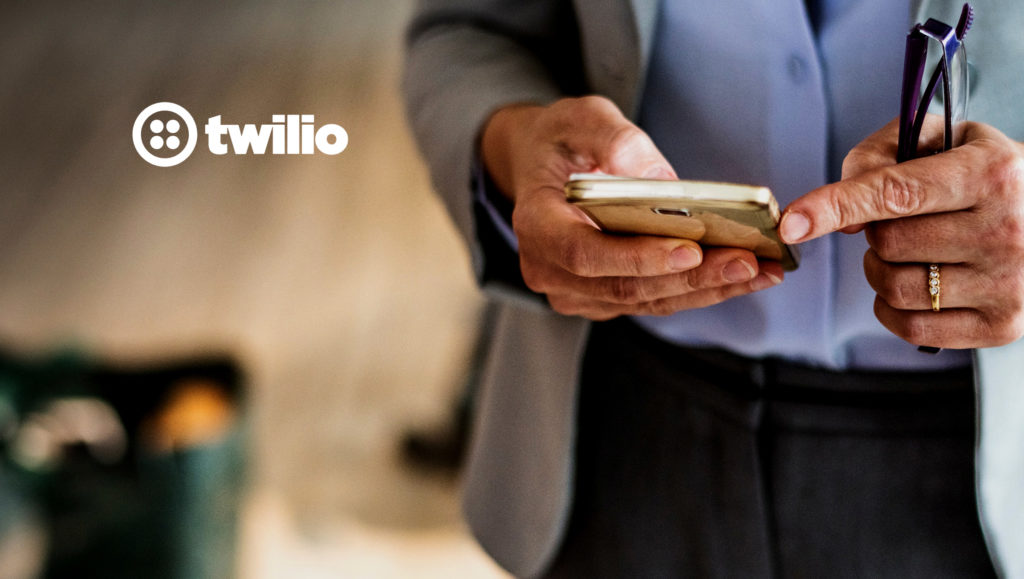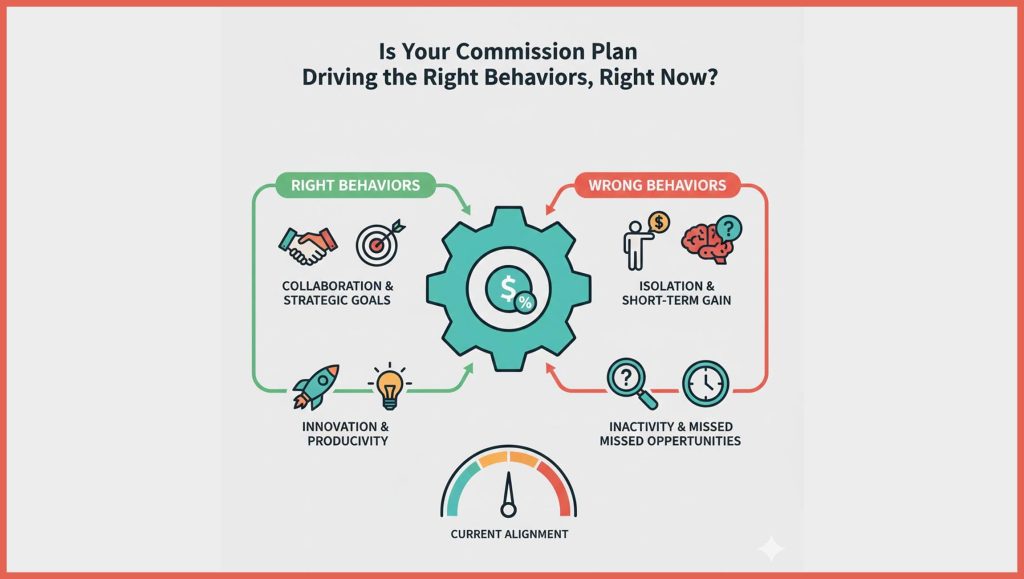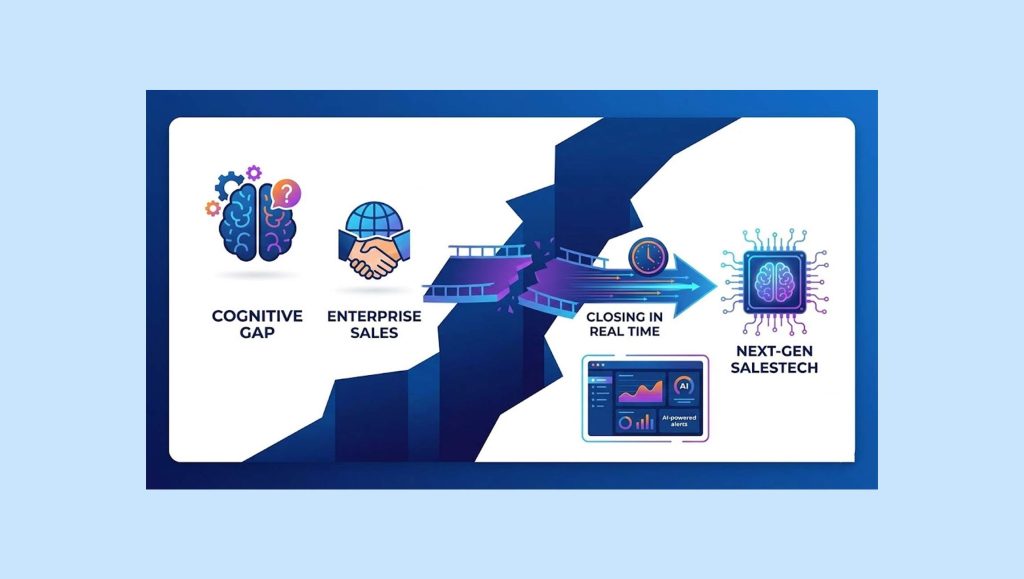Research Uncovers Consumers’ Greatest Frustrations When Communicating with Brands and Reveals Preferences for Channel, Frequency and Ability to Customize
Twilio the leading cloud communications platform, released new research showing that despite an explosion of new channels, email and text are still the preferred channels for consumers when talking to businesses. Twilio surveyed 2,500 global consumers to understand how, when and where consumers want to be reached and how the context and urgency of those messages affects their preferred medium.
Read More: ListEngage Recognized For Excellence In Digital Marketing
“Everyday at Twilio, we hear from brands who want to improve their customer experience yet are overwhelmed by the increasingly complex communications landscape,” said Sara Varni, chief marketing officer at Twilio. “There is a lot to be done to improve the current state of how companies engage with their customers and it starts with knowing which channels consumers prefer and how to personalize the medium to align with the context of the interaction.”
Over the past decade, the number of ways consumers communicate with one another has dramatically increased. With a slew of new channels rising in popularity, businesses are presented with the challenge of figuring out how to interact with their customers on all these new mediums. According to Twilio’s research, while most consumers are annoyed by communications from businesses, they will also reward businesses who listen to their preferences and communicate with them in the right way.
Read More: Appdome And VMware Partner To Help Customers Accelerate Digital Transformation
A consumer’s channel preference is largely influenced by the urgency of the message. The majority of consumers consider change of plans, delivery or arrival notifications, and appointment reminders as urgent messages.
- 83% of global consumers say they prefer email when receiving communications from businesses.
- However, texts are more than twice as popular as email when receiving urgent communications from businesses.
- Only 12% of consumers prefer a company’s mobile app for receiving communications from businesses. While 7 out of 10 consumers curate their home screens, less than half of consumers say they put corporate mobile apps on their home screen.
Businesses that communicate using the right frequency and channels enjoy higher consumer goodwill.
- 75% of consumers have rewarded businesses that communicate in the way they prefer (i.e. visiting the website, making a purchase, having a positive impression).
- 7 in 10 consumers have penalized a business when the communication experience wasn’t what they wanted (i.e. unsubscribed from notifications, stopped doing business).
- More than one third of all consumers surveyed have made a purchase from a business if the business communicated with them in their preferred way (34%).
- The most common reward for good communication is visiting a company’s website (42%).
Read More: Liquidware Ups The Stakes In Enterprise-Grade User Experience Monitoring, Visibility And Diagnostics






















